Home – Carbon Projects – GreenTrees Reforestation Project, America
GreenTrees Reforestation Project, America
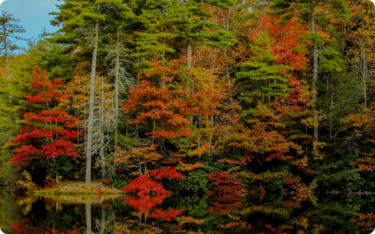
Home – Carbon Projects – GreenTrees Reforestation Project, America

The GreenTrees Reforestation Project is an ambitious initiative aimed at restoring the Mississippi Alluvial Valley (MAV)—one of North America’s most ecologically significant regions. By planting and protecting native tree species on former agricultural land, the project enhances biodiversity and creates valuable ecosystem services. Since its inception in 2008, over 54,000 hectares have been reforested, with a long-term goal of restoring 1 million hectares.
Location: Mississippi Alluvial Valley, USA
Project Type: Reforestation & Agroforestry

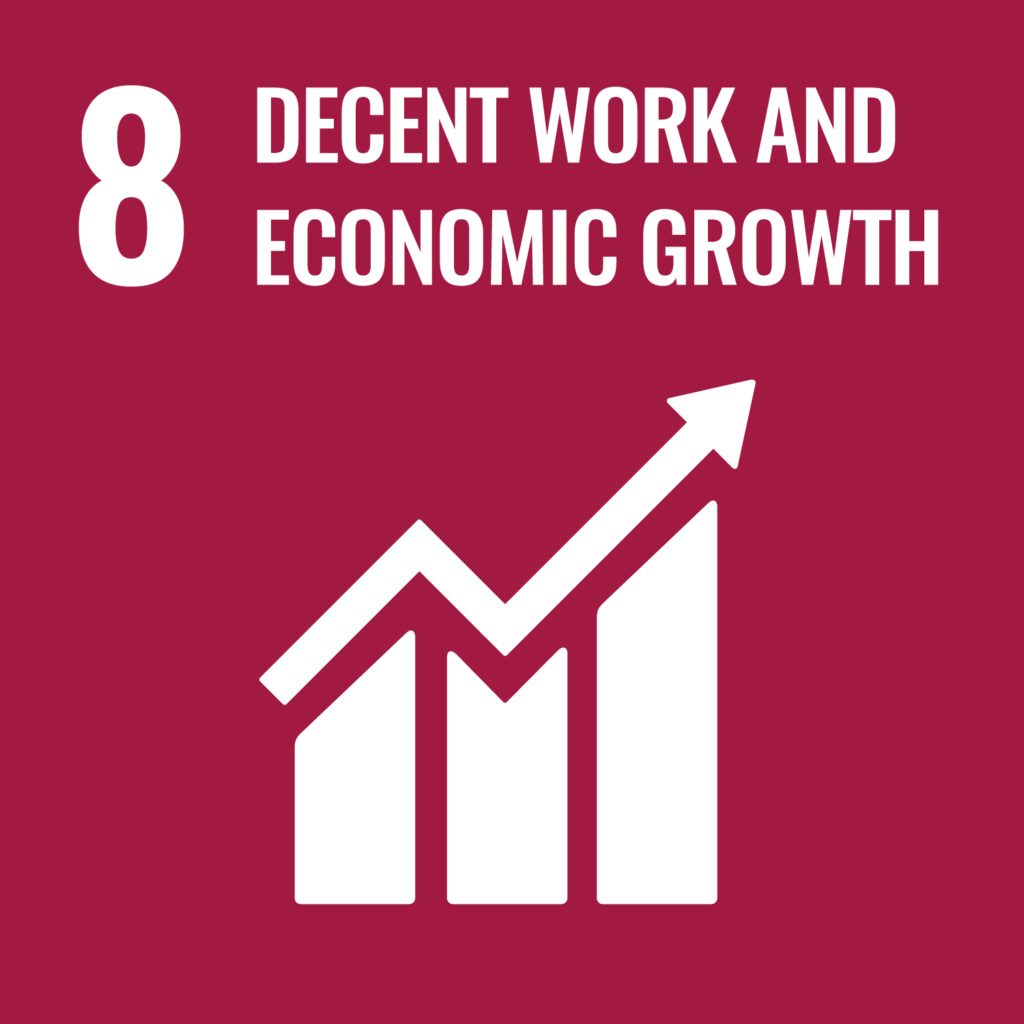
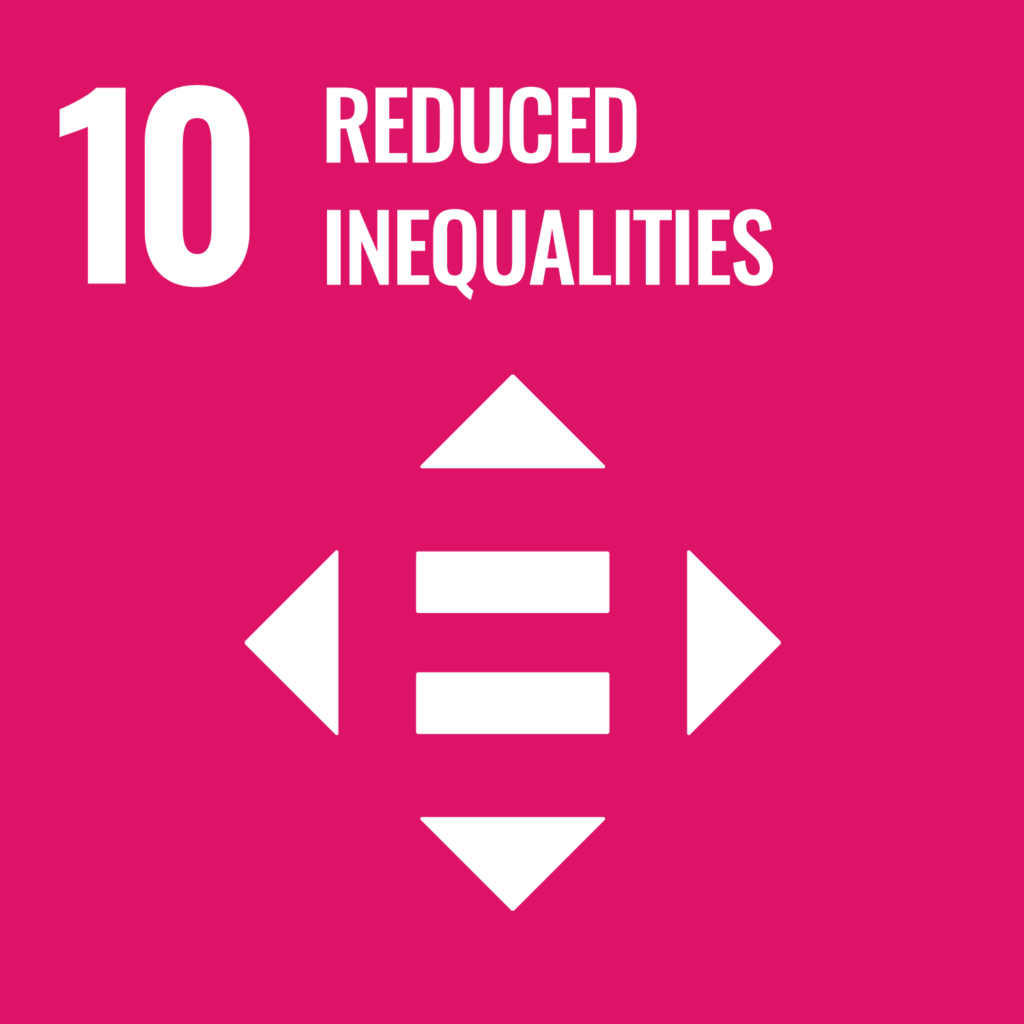
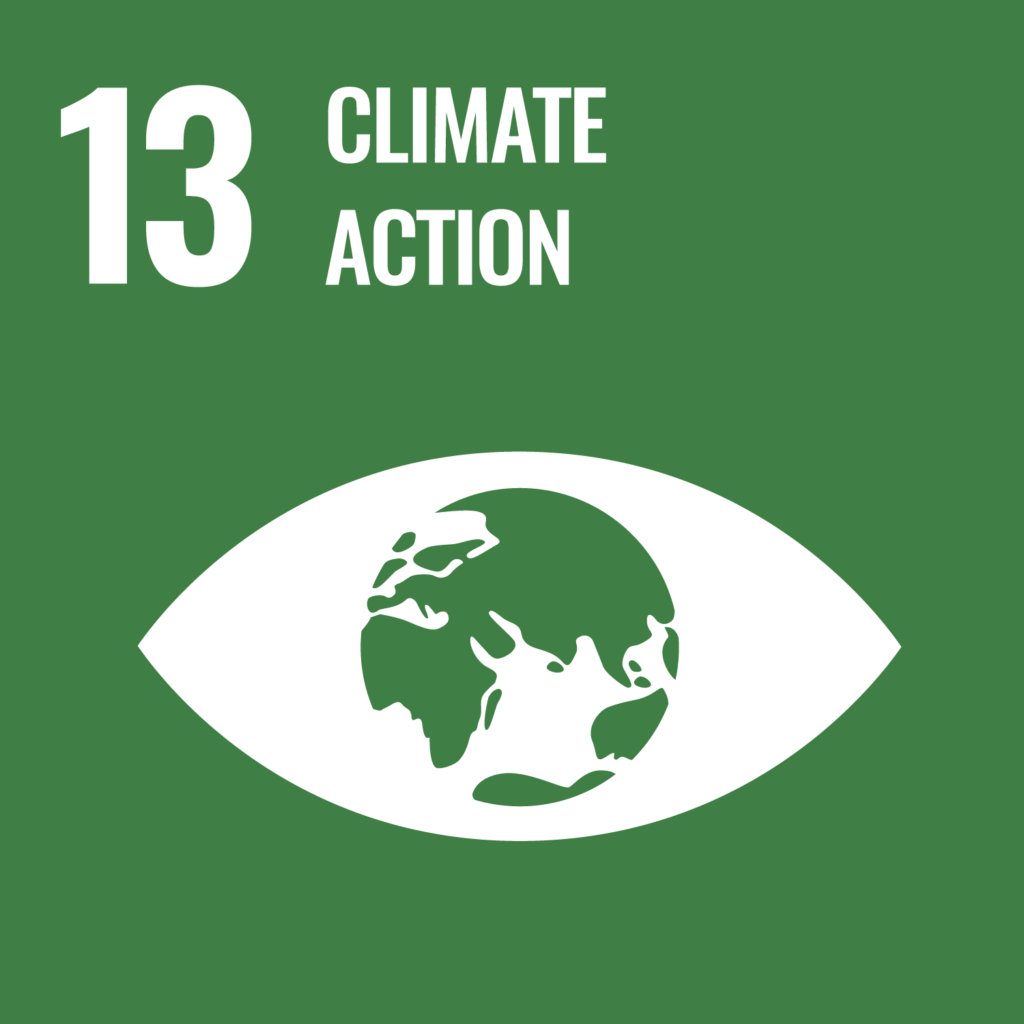
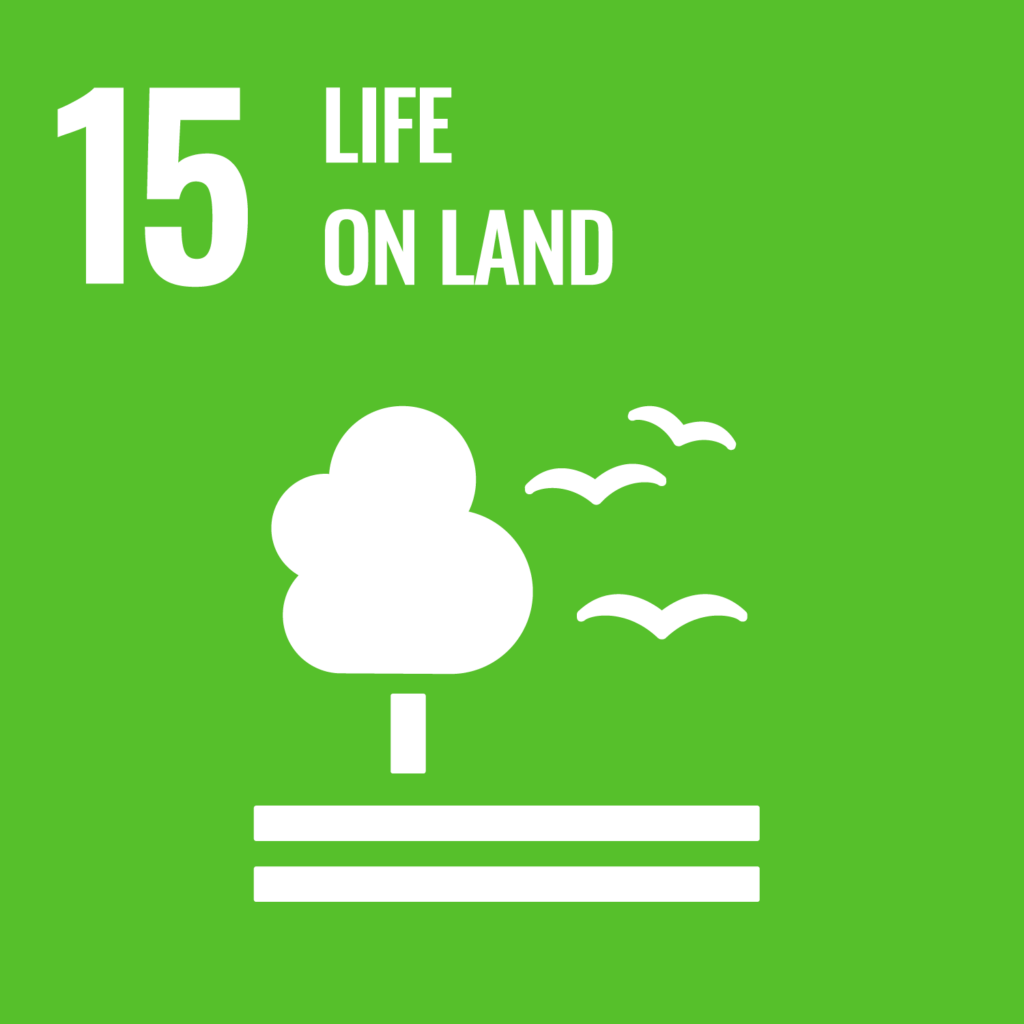

The GreenTrees Reforestation Project is an ambitious initiative aimed at restoring the Mississippi Alluvial Valley (MAV)—one of North America’s most ecologically significant regions. By planting and protecting native tree species on former agricultural land, the project enhances biodiversity and creates valuable ecosystem services. Since its inception in 2008, over 54,000 hectares have been reforested, with a long-term goal of restoring 1 million hectares.
Through carbon sequestration in trees and soil, the project has already removed 7.8 million tonnes of CO₂ from the atmosphere. It remains the only US-based carbon reforestation project with substantial verified carbon credit issuances and a proven track record of climate impact.
The Mississippi Alluvial Valley has suffered from severe deforestation, threatening biodiversity and accelerating climate change. The GreenTrees project is addressing these challenges by re-establishing native forests, capturing carbon, and promoting sustainable land use practices.
The project partners with over 600 landowners, offering a financially viable alternative to conventional agriculture. Trees are planted on degraded farmland using scientifically backed silviculture techniques, ensuring long-term forest health.
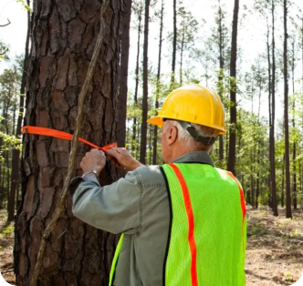


GreenTrees employs an innovative forestry model, combining fast-growing cottonwoods with native hardwoods to accelerate carbon sequestration and habitat restoration:
A limited, sustainable harvesting approach is permitted to manage tree crowding and ensure forest health:
Importantly, carbon credits are only issued for the first 15 years, ensuring that long-term forestry practices maintain or exceed initial carbon stocks. This guarantees that future harvesting does not compromise the project’s climate benefits.
The GreenTrees project is a 100% removal project, meaning only carbon directly removed from the atmosphere is accounted for in carbon credit generation.
A portion of verified emission removals is deposited into the ACR Buffer Pool as a safeguard against unforeseen risks.
The GreenTrees project is the largest reforestation project in North America, covering over 133,000 acres. Using the ACR risk rating tool, approximately 16.6% of the carbon stored (including soil carbon) is transferred to the ACR risk buffer pool.
GreenTrees aggregates all carbon assets across the Mississippi Alluvial Valley and Southeastern US into a carbon credit pool, which functions as an insurance mechanism against reversals. This programmatic aggregation approach provides an additional safeguard, ensuring secure investment in high-quality carbon credits.
Notably, GreenTrees has never had a reversal in its 20-year history and has contributed 1.2 million mtCO₂ of buffered credits to ACR’s buffer pool.
The GreenTrees reforestation project is the world’s largest reforestation project by total carbon credits issued. As a programmatic aggregated project, new tree plantings generate carbon credits over a 40-year period.
Discover our Carbon Project Development Expertise and explore our Existing Carbon Projects.